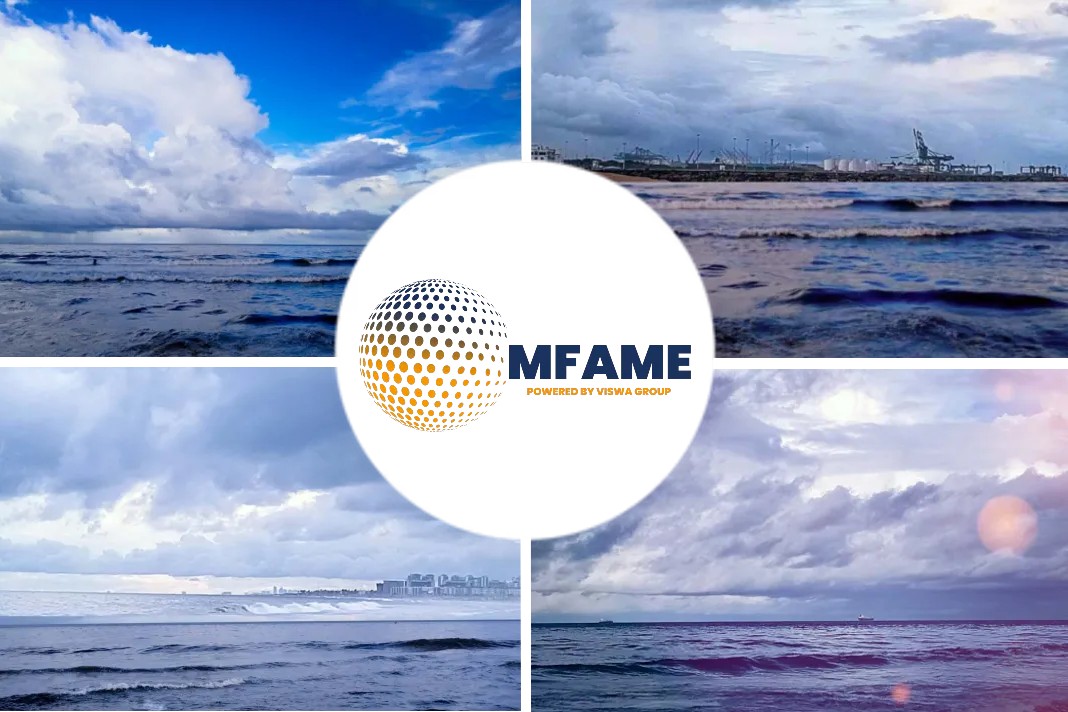
This article looks at how Chinese medical ships have been carrying on his legacy six centuries later in line with the Belt and Road Initiative, and helping to cure patients around the world.
Drawing Similarities
Tears welled up in the eyes of the 40-year-old woman as she expressed gratitude for a surgery that delivered her from excruciating pain. For nearly three years, Rosien Lelekele from the Pacific Island nation of Vanuatu had endured severe agony because of gallstones. Her pain was only partially alleviated after treatment at a hospital in Port Vila, the capital. When the Chinese medical ship Peace Ark sailed into the port on Aug 8, it came as a beacon of hope for Lelekele. On Aug 12, she underwent on board the vessel a surgery she had long needed — a laparoscopic removal of her gallbladder. It was a routine procedure conducted in hospitals around the world but had never been performed before in Vanuatu. Lelekele was able to go home the next day. “I love the Peace Ark, it was worth the wait,” said Lelekele, while talking about the ship that has treated more than 290,000 people in the past 15 years. The care that Peace Ark’s personnel have delivered in the ports of 45 countries and regions has not only saved lives but has changed lives as well.
Turn the clock back six centuries or so, another Chinese maritime venture had already set a similar example. During the Ming Dynasty (1368 to 1644), one of China’s greatest naval explorers Zheng He commanded a fleet on seven voyages that took him to Southeast Asia, South Asia and Mogadishu in East Africa. Even with the largest fleet in the world at the time, China had no desire to exploit or plunder other lands. Instead, Zheng He’s fleet showed respect to whoever they encountered. Western navigators such as Christopher Columbus began to search for a “new continent” and establish colonies decades after Zheng He’s voyages. They captured a large amount of wealth, laying the foundation for the “Industrial Revolution”. However, the Chinese explorer’s crew carried the message of friendship, helped the locals build cities and combat piracy, and imparted skills such as shipbuilding and farming. Sailors took with them a treasure trove of exquisite goods, including silk and porcelain.
Medical Purposes
With about 180 medical personnel on board, Zheng He’s crew used traditional Chinese medicine to treat the local people. The explorer promoted the development of healthcare facilities in countries and regions along his travel route, and improved the quality of life of the people. Zhao Zhigang, deputy secretary-general of China Zheng He Research Association, said: “The values of peace and equality conveyed by the Peace Ark and those conveyed by Zheng He’s fleet share similarities.” He said medical ships such as the Peace Ark served the people of several countries and regions, similar to that of Zheng He’s fleet.
The book, written in 1730, Hai Guo Wen Jian Lu (Records of Things Seen and Heard About the Coastal Regions), completed by Chen Lunjiong, an official from the Qing Dynasty (1644 to 1912), said that during Zheng He’s voyages in Siam (now Thailand), his crew taught local people how to dig wells, and added medicine into the water, so the local residents who fell ill could get cured with the water treatment. Although he is often described as an explorer, Zheng He did not set out primarily on voyages of discovery. More than 2,000 years ago, the maritime silk routes had already emerged from China’s coastal regions, traversing a vast expanse of oceans and seas to the southern end of the Indian Peninsula and Sri Lanka.
Since China sent the first foreign medical team to Algeria in 1963, a total of 30,000 medical personnel have treated 290 million patients in 76 countries and regions across five continents as of February, according to China’s Foreign Ministry. In the past six decades, Chinese medical teams have helped local people through their medical proficiency. After the outbreak of Ebola in West Africa in 2014, China sent more than 1,200 medical workers to treat more than 800 patients and provided health training to more than 12,000 people.
BRI’S 10th Anniversary
This year marks the 10th anniversary of the proposal of the Belt and Road Initiative, and China proposed the Global Development Initiative, Global Security Initiative, and Global Civilization Initiative in 2021, 2022, and 2023. Jia Duqiang, an associate researcher of Southeast Asian studies at the Chinese Academy of Social Sciences, said: “Together these initiatives embody a Chinese solution to global governance, aiming to foster common development and advance the world toward the ultimate goal of a community with a shared future for mankind.”
“Their alignment with the interests of the international community and various parties has garnered support from numerous countries. They offer a fresh perspective and act as a driving force for promoting peace and large-scale cooperation worldwide in the future.” Meanwhile, nearly two months after the surgery, Lelekele has returned to her post as a nurse, saying she feels good about the recovery. “I would like to thank the Chinese government for this medical ship that came right to our doorstep to help the unlucky ones”, she said, adding that when the ship visits Vanuatu again, she will volunteer to become a member of this “boat of life”.
Did you subscribe to our daily newsletter?
It’s Free! Click here to Subscribe!
Source: Chinadaily















